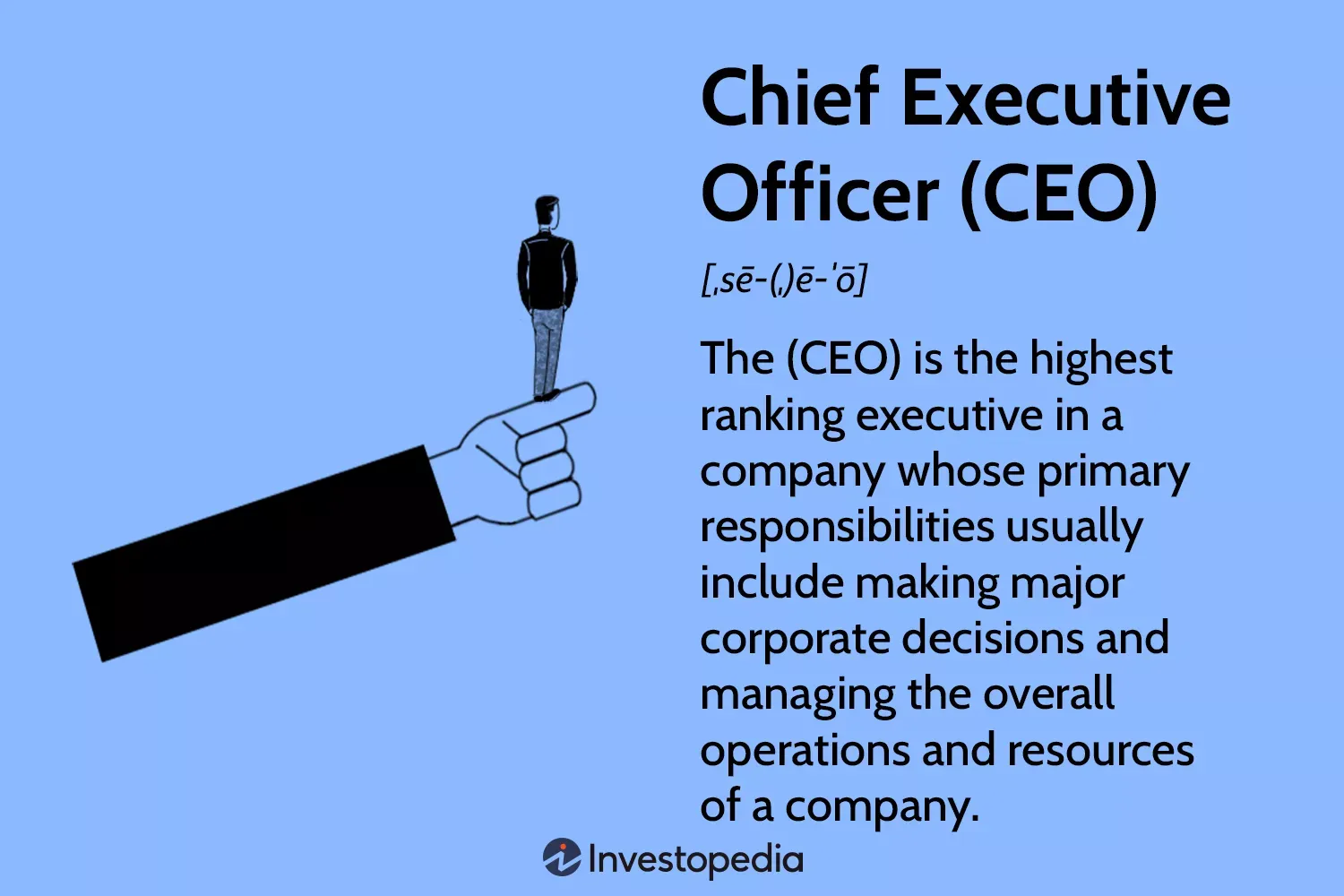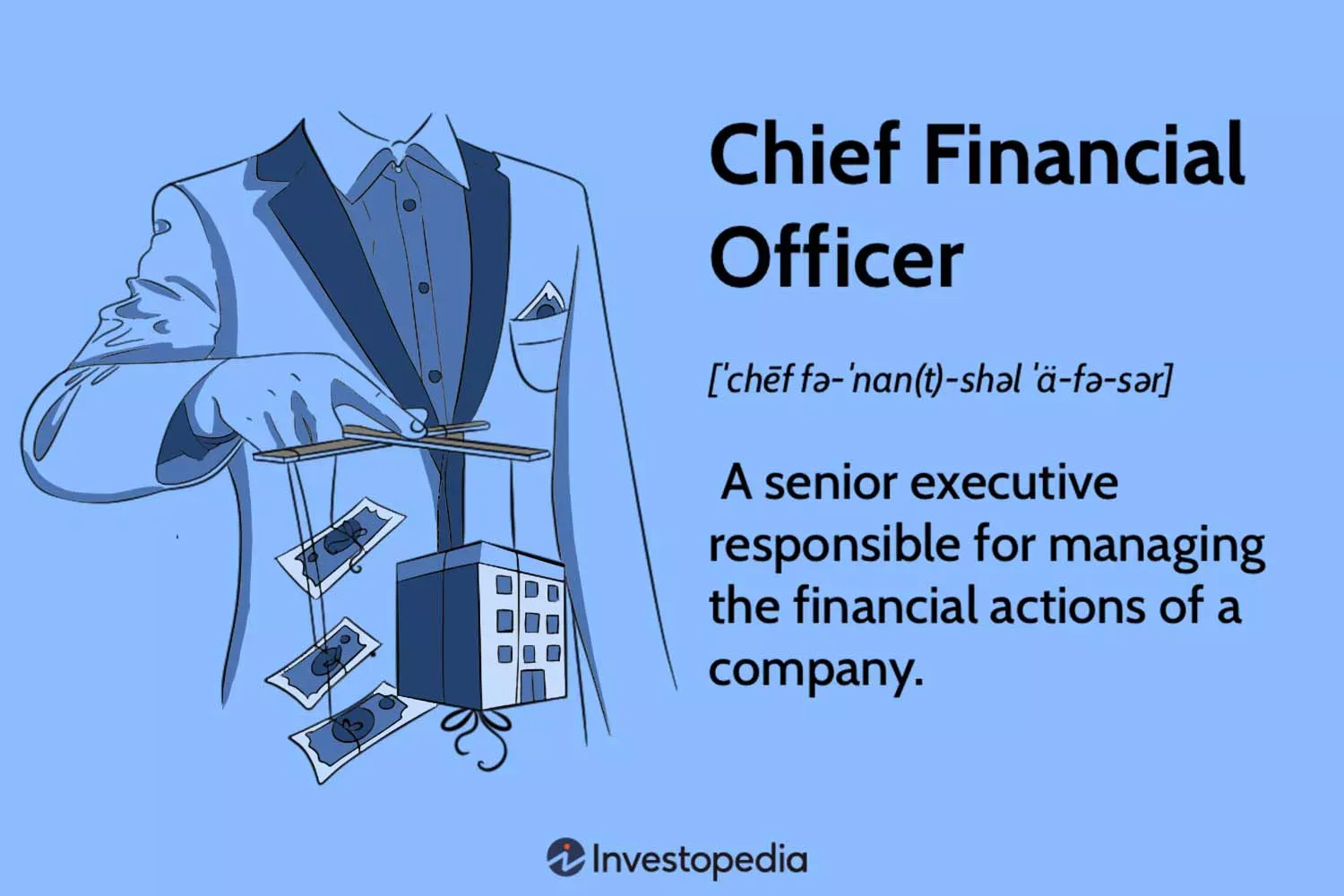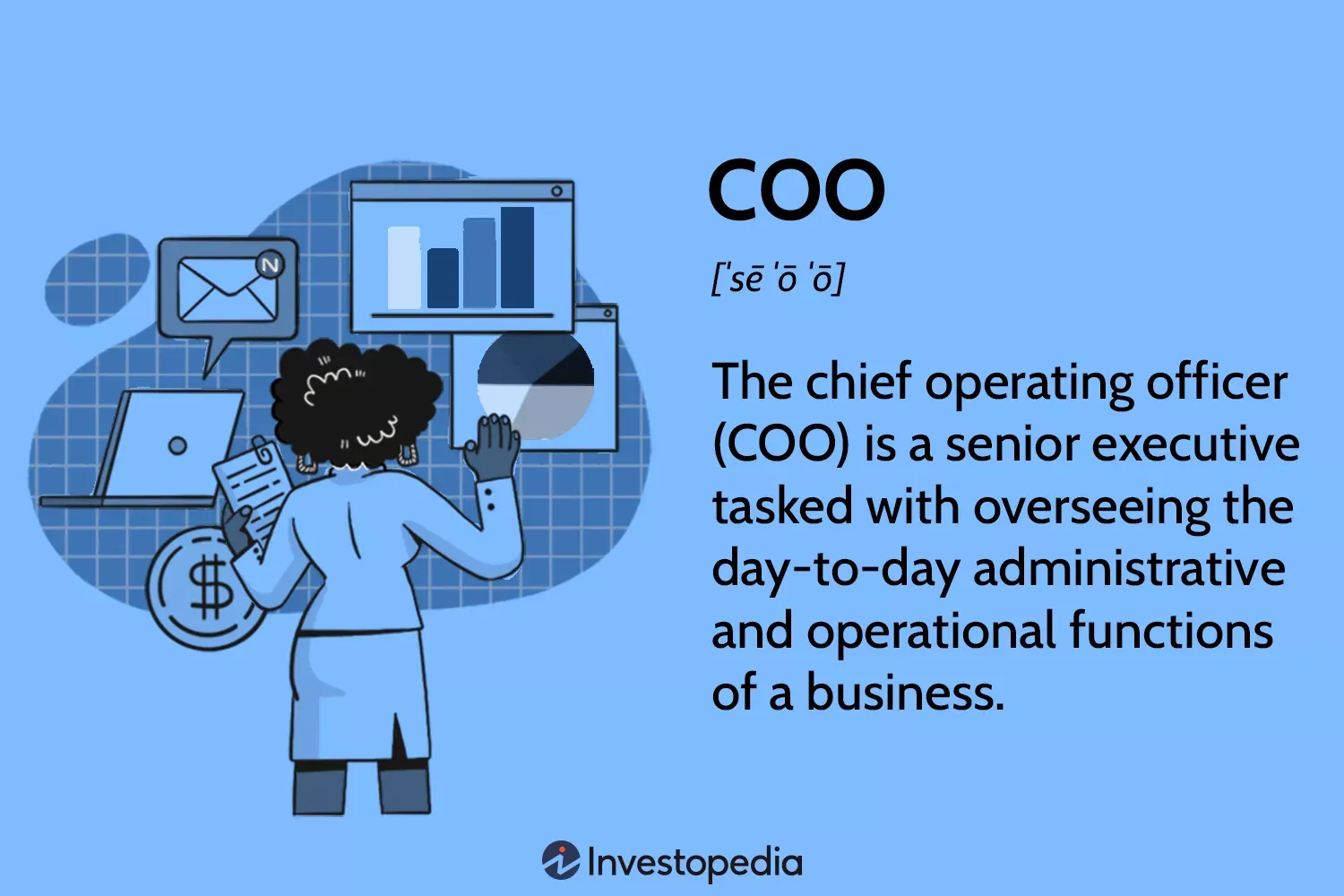Chief Officer

In the complex web of corporate governance, the roles of CEO, CFO, and COO stand as pillars of leadership, each with distinct responsibilities yet intertwined in pursuit of organizational success. These executive titles might sound like alphabet soup to the uninitiated, but they play vital roles in steering the ship of any company toward its goals. Let's learn more about who they are, what they do, why they exist, and ultimately, how they contribute invaluable value to the fabric of a company.
En la compleja red de gobierno corporativo, los roles de CEO, CFO y COO se erigen como pilares de liderazgo, cada uno con responsabilidades distintas pero entrelazadas en la búsqueda del éxito organizacional. Estos títulos ejecutivos pueden sonar como una sopa de letras para los no iniciados, pero desempeñan roles vitales en dirigir el barco de cualquier empresa hacia sus objetivos. Aprendamos más sobre quiénes son, qué hacen, por qué existen y, en última instancia, cómo contribuyen con un valor invaluable al tejido de una empresa.
W skomplikowanej strukturze zarządzania firmą, funkcje CEO, CFO i COO odgrywają kluczową rolę. Ich działania mają duże znaczenie dla finansowego sukcesu spółki, a każdy z nich odpowiada za konkretne obszary, wspólnie dążąc do rozwoju firmy. Chociaż ich tytuły mogą brzmieć nieco enigmatycznie, ich obecność i działania są niezwykle istotne dla osiągnięcia celów biznesowych. Warto bliżej poznać kim są ci liderzy, jakie pełnią funkcje, dlaczego są ważni i w jaki sposób przyczyniają się do sukcesu biznesu.

CEO: Chief Executive Officer
Who:
> Highest-ranking executive in a company.
What:
> Sets and drives the overall vision, strategy, and direction of the company.
> Leads and empowers the executive team to execute strategic initiatives.
> Holds ultimate responsibility for the company's success, stability, and long-term growth.
Why:
> Navigates the company towards sustained success and make critical high-level decisions.
> Ensures the company remains agile, adaptable, and competitive in dynamic market environments.
> Cultivates a culture of innovation and continuous improvement to drive organizational excellence.
How:
> Provides visionary leadership and sets clear strategic objectives for the organization.
> Aligns all stakeholders with the company's mission, values, and goals.
> Cultivates strong stakeholder relationships to enhance the company's reputation and market positioning.
> Inspires and motivates employees to perform at their highest potential and achieve collective objectives.
KPIs:
> Revenue Growth Rate
> Net Profit Margin
> Employee Engagement
> Customer Satisfaction
> Market Share

CFO: Chief Financial Officer
Who:
> Top financial executive in a company.
What:
> Manages the company's finances, including financial planning, budgeting, and reporting.
> Provides strategic guidance on risk management and financial decision-making.
> Acts as the guardian of the company's financial health and regulatory compliance.
> Drives operational efficiency and effectiveness through sound financial management practices.
Why:
> Optimizes the company's financial performance, liquidity, and capital allocation.
> Provides critical financial insights to mitigate risk and seize growth opportunities.
How:
> Ensures financial stability and sustainability through prudent financial management.
> Supports strategic decision-making by providing accurate and timely financial analysis.
> Enhances profitability through rigorous cost management and optimization initiatives.
> Develops and implements robust financial policies and procedures to safeguard assets and ensure compliance.
KPIs:
> EBITDA Margin
> Free Cash Flow (FCF)
> Return on Investment (ROI)
> Debt-to-Equity Ratio (D/E)
> Net Profit Margin

COO: Chief Operating Officer
Who:
> Executive responsible for the daily operation of the company.
What:
> Manages and optimizes ongoing operations, ensuring efficiency, productivity, and quality.
> Implements strategic plans and initiatives to achieve organizational objectives.
> Oversees and enhances operational systems, processes, and policies to drive performance.
> Coordinates and aligns cross-functional teams to execute operational strategies effectively.
Why:
> Translates the company's strategic vision into actionable operational plans.
> Ensures operational excellence, scalability, and responsiveness to market dynamics.
> Facilitates collaboration and alignment between departments to drive synergy and cohesion.
> Champions innovation and continuous improvement to enhance operational effectiveness.
How:
> Optimizes operational processes and workflows to maximize efficiency and resource utilization.
> Improves productivity and performance through targeted initiatives and process enhancements.
> Drives initiatives that contribute to long-term operational excellence and competitive advantage.
KPIs:
> Operational Efficiency
> Quality Control
> Inventory Turnover
> Employee Utilization
> Customer Satisfaction
> Cycle Time
:max_bytes(150000):strip_icc()/investopedia-social-share-default-ab113c8afd9a439dbc4c68b1926292f4.png)




